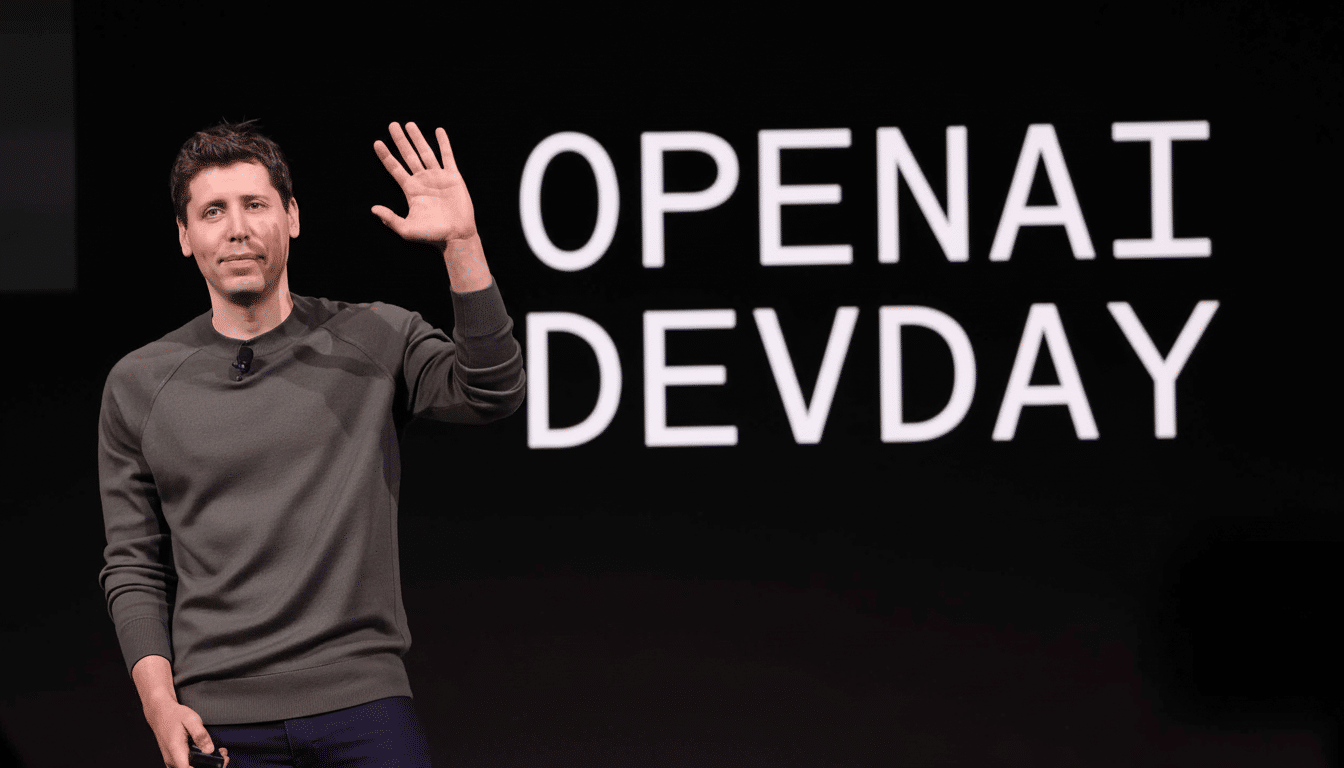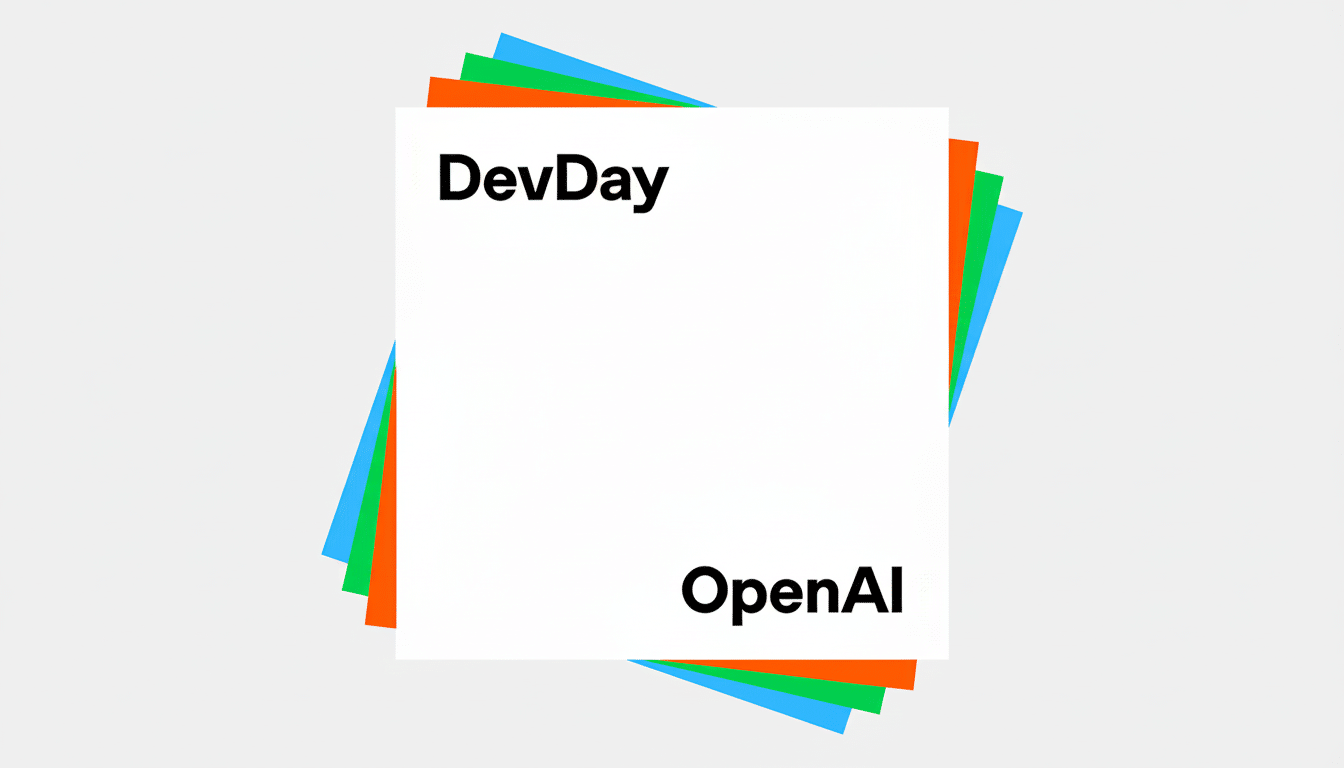OpenAI’s annual DevDay is the company’s most developer-forward showcase, though it tends to also include major consumer news. Look for a fast-paced keynote, rapid-fire demos and announcements that span everything from agent frameworks to ChatGPT upgrades. Here’s what to know about watching the livestream and what knowledgeable observers believe will top the agenda.
How To Watch The OpenAI DevDay Livestream
The primary keynote livestreams on OpenAI’s official site and its main video channel, with on-demand replays typically available soon thereafter. If you intend to attend developer breakouts, make sure to sign up for or log into an OpenAI developer account in advance as some of the session and sandbox links need authentication.

Turn on captions for technical sections, and maybe mirror the stream to a bigger screen if you’re trying to parse UI nuances in product demos. For up-to-the-minute context as the show unfolds, watch OpenAI’s official channels on X and developer forum posts — clarifications and docs often drop in parallel there.
What to Expect From the Keynote at OpenAI DevDay
Two topics are highly expected: agentic tools for constructing production-grade assistants and ongoing multimodal expansion. Marketplace rumors and what OpenAI has said indicate an Agent Builder or Agents API to allow you to shape multi-step workflows, invoke external tools, and maintain short-term memory across tasks — a further evolution of the prior Assistants API into slightly more autonomous execution.
ChatGPT has historically had parallel updates as developer primitives have advanced. Look for heightened responsiveness with real-time voice, better retrieval and increased context handling, as well as many of the guardrails to help enterprise admins feel more at ease rolling it out across an organization. In recent briefings and demos, OpenAI has highlighted reliability features such as function-calling correctness, structured outputs and monitoring hooks — capabilities developers had been requesting to get beyond proofs of concept.
OpenAI’s latest model news, with Sora 2 for creating videos and a new direction for its iOS app, paves the path to tighter multimodal interaction. Avail yourself of improvements in video-to-text pipelines, frame-level control and safer content filters that dovetail with broader pushes from research labs and efforts like MLCommons for more robust evaluation of generative outputs.
Why This Matters for Developers at OpenAI DevDay
It’s not adoption anymore — it’s how you make them ready for production. If presentations at earlier events are anything to go by, ChatGPT has more than 100 million weekly active users, and OpenAI’s platform is being used by a large collection of active developers. Now the bottleneck for many teams is building trustworthy, auditable systems that can reason over proprietary data, call internal tools and come into compliance.
Expect changes in three key areas:
- Improved observability and evaluation (trace logs, token-by-token inspection, regression testing on prompts)
- Beefed-up retrieval and memory primitives for long-running tasks
- Enterprise-class controls that cover billing, data retention and role-based access
If OpenAI releases better cost profiles, or lower-latency endpoints, then that is going to directly inform architectural decisions at startups and large enterprises alike.

Consumer News And The AI Wearable Question
A talk with Jony Ive has fanned speculation about a new AI-friendly gadget. Previous reports in outlets including the Financial Times and The Information have described conversations between Ive and OpenAI leadership about a vision of computing after the smartphone. And if DevDay begins to get hardware’s hands dirty, don’t expect a retail, ready-to-ship edition; rather, early design tenets – with a focus on ambient voice and glanceable output together with privacy-by-design – are likely to be key telltale signs.
On the software side, expect ChatGPT enhancements that push the envelope of what it means to be an app versus an assistant: crisper calendar or email actions by your AI (as well as more agentic checkout flows for e-commerce; à la recent “instant checkout” trials), and more seamless back-and-forth voice interactions. These sorts of features are what move assistants from novelty to something that is useful in your daily life.
Who’s on Stage at OpenAI DevDay and What to Expect
The program includes a keynote from its CEO, Sam Altman, followed by sessions featuring its president Greg Brockman and chief operating officer Brad Lightcap. There’s an artificial intelligence bait-and-switch thing going on that leaves the Jony Ive conversation where you’d expect to find it: a design-forward discussion of human interfaces for AI. In the past, Brockman’s sections have been live coding and capability demos, while Lightcap has involved partnerships, enterprise adoption, and go-to-market updates.
Developers should also keep an eye out for the product and research leads shepherding the APIs, evals and trust & safety frameworks. When those teams publish new docs and best practices, they’re typically announcing immediate availability rather than plans on the horizon.
How To Follow Live Updates During OpenAI DevDay
For a clear signal, sources said they have been working with OpenAI officials during the show and trust only official OpenAI channels as well as associated documentation that is published. Balance that with commentary from credible outlets including Bloomberg, the Financial Times, academic institutions such as Stanford HAI and independent evaluations from communities such as Papers With Code. Cross-validate: compare early claims against model cards and benchmark disclosures before determining your architecture.
When announcements land, consider three questions:
- What can I build with this today?
- How does it change my cost and latency envelope?
- What new guardrails or logs help me ship safely?
DevDay is intended to address just those, and the best insights are ones that you can apply in your product next sprint!

